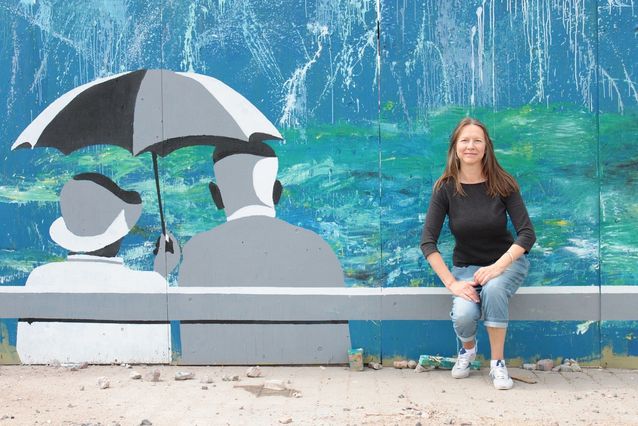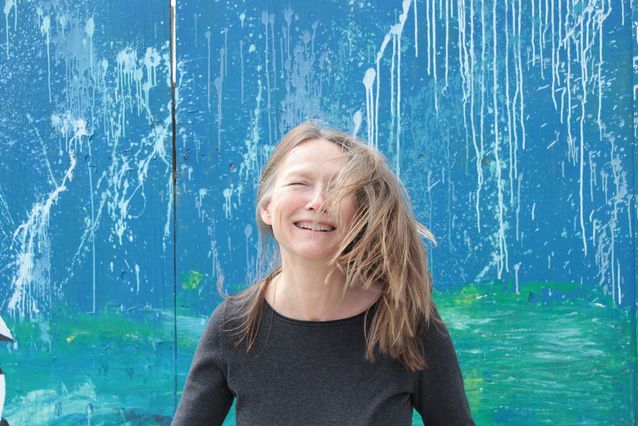Cecilia af Forselles
Maria Cecilia af Forselles
Born June 30, 1954, Helsinki
Master of Arts 1982, PhD 2001 (history), University of Helsinki
Library Director 2005-, Finnish Literature Society
Researcher at the University of Helsinki and various posts at the National Library of Finland 1986–2004
Board member 2014- and vice-chairman 2015, Federation of Finnish Learned Societies
Chairman 2013-, The Finnish Society for the History of Science and Learning
Board member 2014-, National Library of Finland
Programme committee member for the Science Forum 2017
Research themes
Oral tradition and literary culture, the cultural history of translations of the Kalevala, literary memory and currents of thought, the history of European ideas, science and learning
Recent research has dealt with literary culture and currents of thought, the cultural history of translations of the Kalevala, reading culture, changes in the academic community, and the rise of oral culture as a topic of academic research in the 18th century.
Selection of publications
“Intryck, inspiration och idéer. Beskrivningar av Kina i Europa, Sverige och Finland.” In Kleion pauloissa (2014)
“Englanninkieliset käännökset. Kalevalan muuttuvat ylikansalliset tehtävät.” In Kalevala maailmalla. Kalevalan käännösten kulttuurihistoria ( 2012)
The Emergence of Finnish Book and Reading Culture in the 1700s (Ed. 2011)
Kirjakulttuuri kaupungissa 1700-luvulla (Ed. 2008)
The A. E. Nordenskiöld Collection. Annotated Catalogue of Maps made up to 1800. Vol. 5:1. & 5:2 (1995)
Awards and honours
Knight, First Class, of the Order of the Lion of Finland 2014
Silver medal of honour, the Finnish Literature Society 2012
Cultural award of the Swedish-Finnish Cultural Foundation 1997
Written by Cecilia af Forselles (Riitta-Ilona Hurmerinta, ed.)
Translated by Matthew Billington


